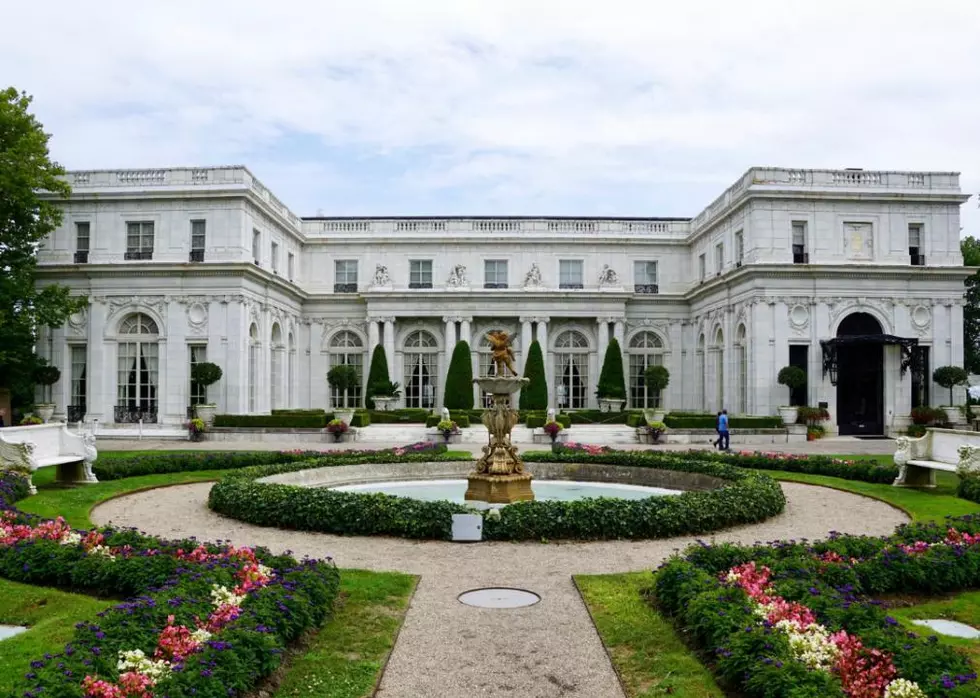
Famous Historic Homes in Every State
The United States traditionally has been referred to as a "melting pot," a trope that has garnered criticism in recent years for promoting acculturation and failing to celebrate the diversity of the population. Some have suggested "salad bowl" as a more accurate metaphor, and it is one that can equally be applied to the nation's domestic architecture, which is perhaps best characterized by a rugged individualism as opposed to the hybridization of disparate architectural elements. As Maya Angelou perceptively observed, "the ache for home lives in all of us," a phrase that has meant very different things to different people.
Modest or palatial, there is no shortage of noteworthy homes in the U.S. Log cabins constructed by industrious pioneers have dotted the landscape alongside traditional Native American dwellings ever since immigrant Swedes introduced them to the New World in 1638. The unprecedented personal fortunes amassed by the so-called "Robber Barons" at the close of the 19th century gave way to the construction of a staggering number of Gilded Age estates.
The ravages of time spared neither the sumptuous nor the humble. Stately mansions, often prohibitively costly to maintain in the modern era, were frequently neglected; simple structures were forgotten, discarded by their owners, and damaged by natural elements. However, the tireless efforts of architectural preservationists and local historical societies have saved many of these homes from demolition, leading to their inclusion in the National Register of Historic Places and thereby safeguarding them for future generations.
LOOK: Famous Historic Homes in Every State
More From WSBS 860AM









